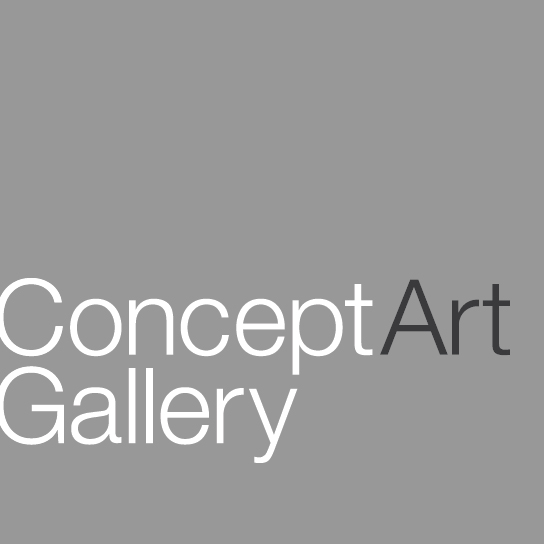Supporting the Arts…
Thanks to Lynn Zelevansky, director of the Carnegie Museum of Art, for her latest “Inside the Museum” newsletter (excerpted below), which points out that we ALL need to support our artists!
Whenever my husband and I watch a procedural on television that involves an art dealer, artist, or other art-world denizen, we always nod to each other as soon as the character appears because we know he did it. (It’s usually a man.) We haven’t been wrong yet. Why is this? Why is the art world endlessly depicted as a mercenary place populated by craven characters with vaguely European accents who are at once effete and sleazy?
One reason is that the vast sums sometimes spent in galleries and at art auctions make headlines, creating the picture of a wholly elitist subculture. Art’s value as a commodity is difficult to quantify, so people hearing about the art market may reasonably assume a closed, inaccessible system. The life-changing capacity of art—that it can add meaning to existence beyond mere entertainment and consumption—is replaced by a vision of status seeking and insider trading.
Last February, Walking Man, a 1961 sculpture by Alberto Giacometti, set a record auction price of $104.3 million. There was celebration in Pittsburgh because the first—so arguably the best—cast of this bronze belongs to Carnegie Museum of Art. In a feature article on the front page of the Post-Gazette, I appeared in the galleries gesturing toward the museum’s cast. Acquired the year it was made for a price in the low five figures, Walking Man I has stood in our galleries ever since, an almost ethereal presence, alone, striding forth into the void.
A scant three months later, the record set by the Giacometti was broken by a Picasso, which sold for $106.5 million. It’s OK. While it is nice to own an acknowledged masterpiece, high prices do nothing for a museum but increase its insurance bills and make it more difficult to acquire new works for the collection.
The prices you read about obscure the fact that the vast majority of artists cannot eke out a living from their work but persevere anyway. Museum workers, and even most dealers, are far from rich; the field is filled with idealists who, in order to do what they believe in, work for lower salaries than they could command at other jobs.
What many don’t realize is that you don’t have to be wealthy to collect art. A prime example is the Vogels, subjects of the 2008 documentary Herb and Dorothy; in the 1960s and ’70s, on the salaries of a postal clerk and librarian, they amassed a vast collection of contemporary art, most of which now resides at the National Gallery of Art in Washington, DC. There are many areas in which art is affordable. If contemporary art is your interest, as you get to know the field, you may decide to buy artists’ works early in their careers, or to purchase prints and photographs, which are less costly. There are few mistakes except missed opportunities.
In order for Pittsburgh to sustain and expand its lively art world, we need more galleries and collectors to support our artists. I encourage you to join the ranks. And come often to the museum to see what our curators are acquiring; we promise we haven’t been portrayed on past episodes of Law and Order.
Until next month,
Lynn Zelevansky
The Henry J. Heinz II Director
Carnegie Museum of Art
Related Posts
January 30, 2015
Opening Reception: Vanessa German- The Ordinary Sacred 2015
Yesterday was the opening of Vanessa German's exhibition, The Ordinary Sacred. Through mixed media sculpture and works on paper, German has created a body of work that represents her experiences…
July 29, 2014
Downsizing: Selling Brown Furniture
One of the appraiser's newsletters we read recently posted a very timely article from the Wall Street Journal about downsizing and trying to sell second-hand furniture. We specialize in selling…

